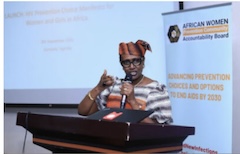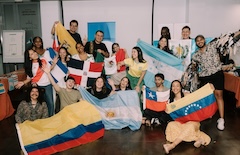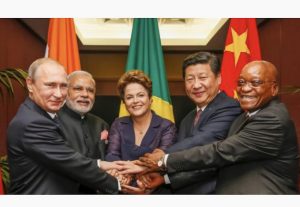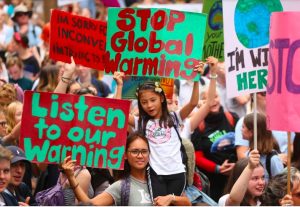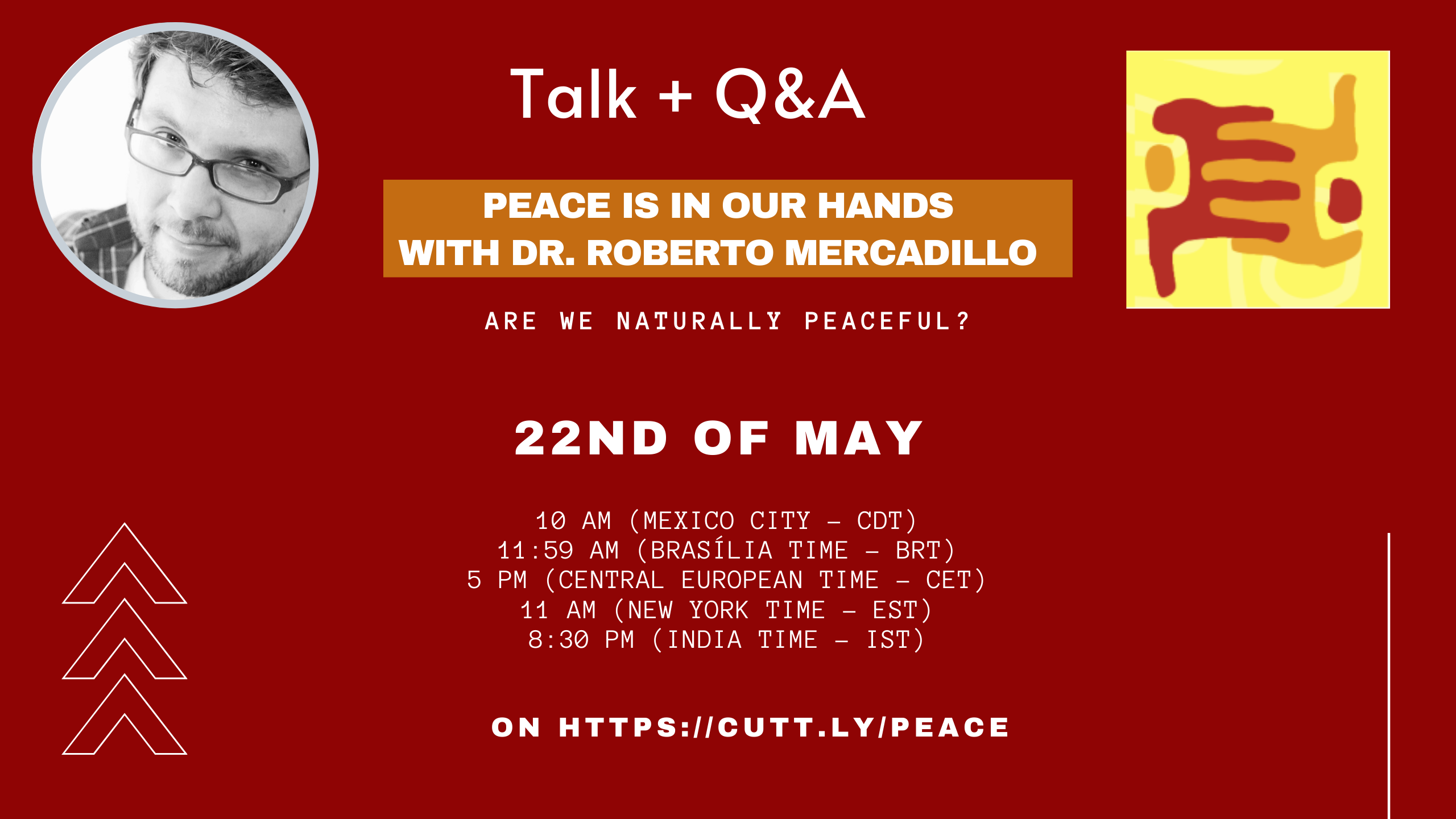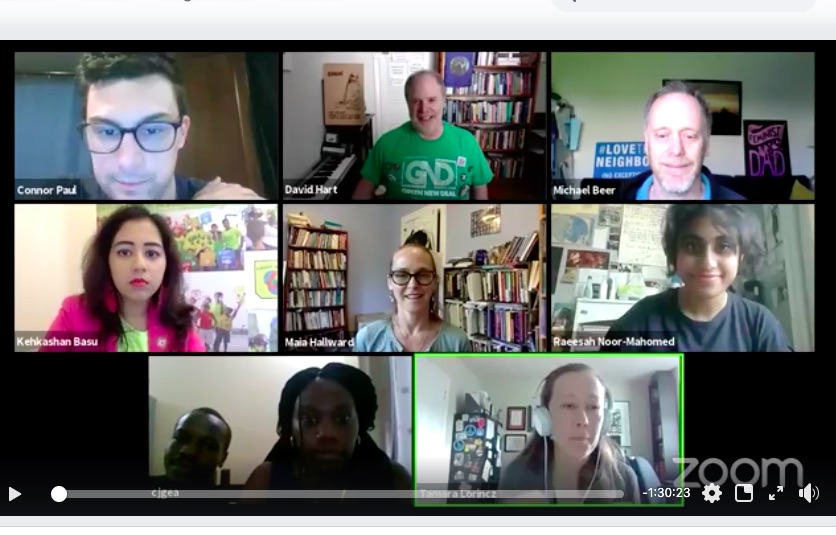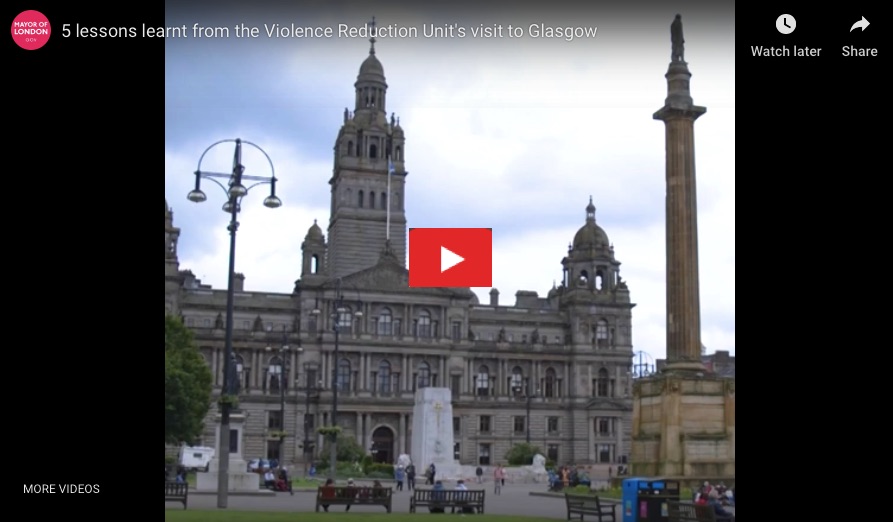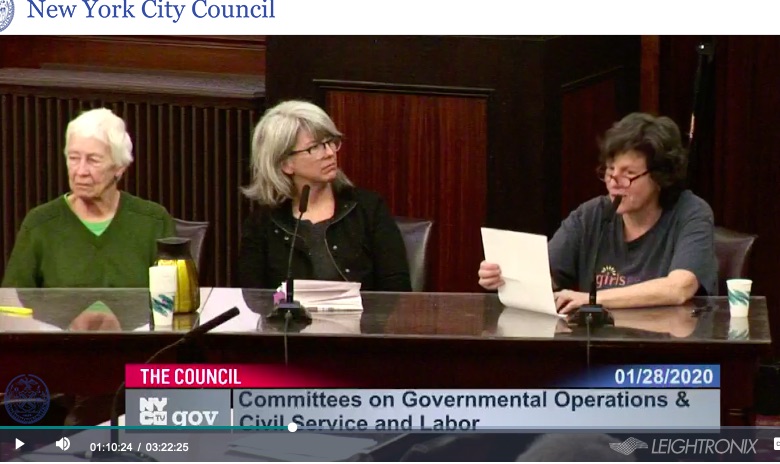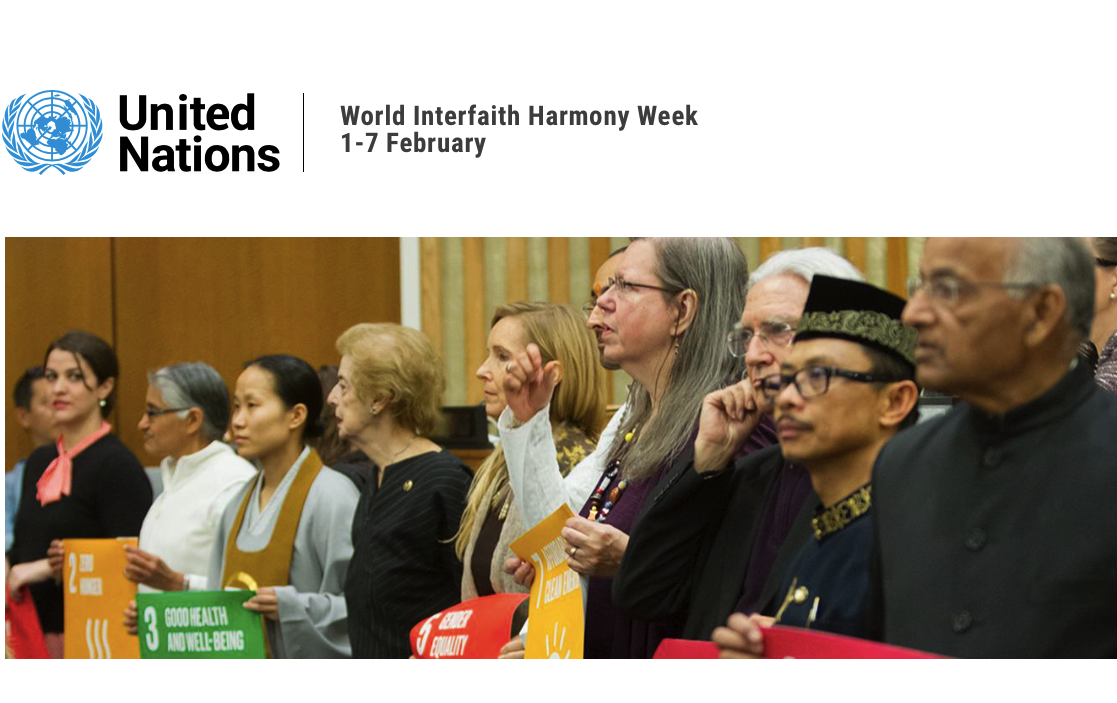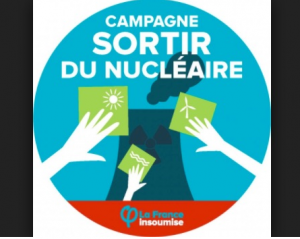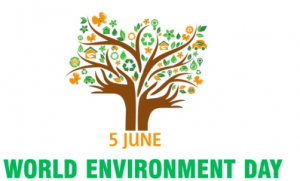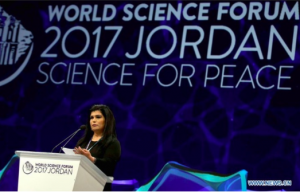Fifty winners of the Nobel Prize have issued an open letter calling for a truce during the Olympic Games in the wars being waged around the world, with mention of the Ukraine, Gaza and Yemen. “We are asking His Holiness Pope Francis, His Holiness the Ecumenical Patriarch Bartholomew, His Holiness the Dalai Lama XIV, and Muslim and Jewish leaders to use their moral authority to appeal to all citizens of the world and to their governments.”
Fifty organizations and individuals from Israel’s left and pro-peace camp sponsored a rally that drew thousands of Israelis to Tel Aviv with the message “It’s time to reach a deal. To stop the war. To make peace.” “Our mutual goal here is many different organizations and movement is to build together a peace camp in Israel,” said Alon-Lee Green, co-director of Standing Together, one of the groups that organized the conference.
The International Court of Justice has made a ruling with regard to the Israeli occupation of Palestine that is called “historic” by Human Rights Watch and Amnesty International. Amnesty concludes that ““The international community, and in particular Israel’s allies, must now take unequivocal action to ensure Israel ends its unlawful occupation, starting with the immediate halting of the expansion of Israeli settlements and reversing the annexation of Palestinian territory, including East Jerusalem, and dismantling its brutal system of apartheid against Palestinians.”
With regard to the ongoing genocide in Gaza, the organization World Beyond War urges the United Nations General Assembly to use its Resolution 377 (Uniting For Peace) that allows them to act when the Security Council fails. “The General Assembly should NOT escalate the war or deploy armed troops. It should convene an emergency session and use “Uniting For Peace” to impose an arms embargo and targeted sanctions on the Israeli government, suspend the Israeli government from the United Nations, and send to Palestine unarmed peacekeepers (who have repeatedly shown their superiority to armed peacekeepers).
In fact, it is clear that the UN Security Council has failed its mission of preserving peace. In that regard, The Elders, a group founded by Nelson Mandela, has urged the UN to undertake a profound reform. “The Security Council, and in particular the veto power, must evolve if the UN system is to prove itself fit for purpose in the 21st century. We were encouraged by some of the innovative reform proposals we heard, and we hope that the Summit of the Future in September will be an opportunity to sow the seeds for lasting, positive change in the years ahead.”
The Summit of the Future is addressed in an article by Jeffrey Sachs, who heads up one of its planning networks. “The Summit of the Future is an invitation to intensive global brainstorming on how to make our deeply interconnected world fit for sustainable development in the 21st century. It is a great challenge that should be welcomed and joined by people all over the world. A great debate will open in September and then continue for years to come.”
With regard to sustainable development, United Nations Secretary-General Antonio Guterres has addressed the urgent need to protect billions around the world exposed to crippling effects of extreme heat. The appeal comes against the backdrop of record temperatures and deadly heatwaves – from the United States to Africa’s Sahel and Europe to the Middle East – that have killed several hundred people this summer. During the Hajj, for instance, scorching heat claimed over 1,300 pilgrim lives.
While UN reform is necessary, it is also necessary to develop the consciousness and actions that build pressure for peace from below. A leading role is played by the Campaign Nonviolence that will include thousands of actions for peace to take place from Sept 21 to Oct 2, 2024, (Int’l Day of Peace to Int’l Day of Nonviolence). Last year, people held over 5,000 actions, events, and marches across the USA and in 20 countries. Over 60,000 people participated in these events. “The Campaign Nonviolence Action Days are designed to bring together the many issues, movements, and efforts working to end violence and build a world that works for all of us.” In preparation for Campaign Nonviolence Action Days, they propose hundreds of training opportunities offered by dozens of partner organizations.
Twenty four years ago there was a powerful pressure for peace in the 75 million people who signed the Manifesto 2000 during the International Year for the Culture of Peace. Has the time come when we need a new manifesto, like the Manifesto 2025 proposed in our most recent blog?
|
DISARMAMENT & SECURITY |
HUMAN RIGHTS |
SUSTAINABLE DEVELOPMENT |
WOMEN’S EQUALITY |
|
TOLERANCE & SOLIDARITY |
EDUCATION FOR PEACE |
DEMOCRATIC PARTICIPATION |
FREE FLOW OF INFORMATION |



